| Submitted By: Mark Savage for Gravity Project
/ Gravity Project
|
| Data Element Information |
| Use Case Description(s) |
| Use Case Description |
• Document SDOH data relevant to (1) Food Insecurity, (2) Housing Instability and Homelessness, (3) Inadequate Housing, (4) Transportation Insecurity, (5), Financial Strain, (6) Social Isolation, (7) Stress, (8) Interpersonal Violence, (9) Education, (10) Employment, and (11) Veteran Status in conjunction with the patient encounter
• Document and track SDOH-related interventions related to (1) Food Insecurity, (2) Housing Instability and Homelessness, (3) Inadequate Housing, (4) Transportation Insecurity, (5), Financial Strain, (6) Social Isolation, (7) Stress, (8) Interpersonal Violence, (9) Education, (10) Employment, and (11) Veteran Status to completion
• Gather and aggregate SDOH data related to (1) Food Insecurity, (2) Housing Instability and Homelessness, (3) Inadequate Housing, (4) Transportation Insecurity, (5), Financial Strain, (6) Social Isolation, (7) Stress, (8) Interpersonal Violence, (9) Education, (10) Employment, and (11) Veteran Status for uses beyond the point of care
|
| Estimate the breadth of applicability of the use case(s) for this data element
|
Level 2 – elements pertain to most or all patients, providers or requestors.
The list below contains 8 categories of organizations that each represent dozens and in some cases hundreds of stakeholders that would heavily capture, access, use, or exchange the individual data elements in this data class.
This data class (and the eleven data elements contained within it) are pertinent to all stakeholders that directly partner with patients toward improving patient health and stakeholders who gather, aggregate and use data to make decsions on policy, programs, and resources toward the improved health of populations.
A qualitative study of EHR vendors making active and current use of SDOH data contains a more in depth description of the stakeholders described below:
Freij, Maysoun et al. “Incorporating Social Determinants of Health in Electronic Health Records: Qualitative Study of Current Practices Among Top Vendors.” JMIR medical informatics vol. 7,2 e13849. 7 Jun. 2019, doi:10.2196/13849
• Providers and provider associations: clinical, community-based, long-term and post-acute, medical homes, accountable care organizations, health systems, and hospitals
• Payers: federal, state, commercial, and employers
• Patients/Beneficiaries
• Patient/Beneficiary advocates: patient/beneficiary representatives and/or delegates, caregivers, family members, and other advocates
• Government agencies, payors, providers, researchers, and policymakers:
o Centers for Disease Control and Prevention, National Center for Health Statistics
o CMS: Office of Minority Health, Center for Medicaid and CHIP Services, Center for Clinical Standards and Quality, CMS Innovation Center
o Department of Defense
o Department of Education
o Department of Housing and Urban Development
o Department of Labor
o Department of Transportation
o Health Resources and Services Administration
o HHS Administration of Children and Families
o HHS Administration of Community Living
o HHS Agency for Healthcare Research & Quality
o HHS Office of the Assistant Secretary for Planning & Evaluation
o HHS Office of the National Coordinator for Health IT
o Indian Health Service
o National Institutes of Health: Office of Minority Health and Health Disparities
o Social Security Administration
o State Medicaid offices, state health and public health departments, and state health information exchange organizations
o Substance Abuse and Mental Health Services Administration
o Veterans Health Administration
• Vendors:
o EHR systems, PHR systems, mobile health systems and apps, health information exchange systems, home- and community-based service information systems, care management and care coordination systems
o Telehealth technologies
o Digital health technologies
o Device manufacturers
o Data warehouse/data mart
• Standards-related organizations: standards developing organizations, vocabulary/terminology organizations
• Privacy and security professionals
Over time, we estimate that virtually all providers, payers, and community-based organizations that provide services to address SDOH risk, and relevant quality and governmental agencies, would capture, access, use or exchange this data class or data elements. |
| Link to use case project page |
https://confluence.hl7.org/display/GRAV/Gravity+Use+Case+Package |
| Supporting Attachments |
Gravity Project to ONC on SDOH Data Class for USCDI v2 (10-23-2020).pdf
|
| Healthcare Aims |
- Improving patient experience of care (quality and/or satisfaction)
- Improving the health of populations
- Reducing the cost of care
- Improving provider experience of care
|
| Maturity of Use and Technical Specifications for Data Element |
| Applicable Standard(s) |
Yes, a vocabulary/terminology standard and/or technical specification exists for each proposed data element. The Gravity Project attaches a letter with an overview.
For (1) Food Insecurity: LOINC, SNOMED-CT, ICD-10-CM, and CPT/HCPCS terminologies are specified by value set in NLM’s Value Set Authority Center (VSAC).
For (2) Housing Instability and Homelessness, (3) Inadequate Housing, (4) Transportation Insecurity, (5), Financial Strain, (6) Social Isolation, (7) Stress, (8) Interpersonal Violence, (9) Education, (10) Employment, and (11) Veteran Status:
• The corresponding value sets are under development by the Gravity Project;
• The value sets will be complete prior to publishing of USCDI v2.0;
• Even if a particular value set might be incomplete, the value set will be citable.
The technical specifications for value sets under each data element are described below:
• Assessments: LOINC
• Health Concerns/Problems/Diagnoses: SNOMED-CT, ICD-10-CM
• Goals: LOINC
• Procedures/Interventions: SNOMED-CT (clinical), CPT/HCPCS (billing)
• Outcomes: LOINC (NCQA measures)
• Consent (where needed): based on existing HL7 code systems
https://www.vsac.org/
|
| Additional Specifications |
The Gravity Project is currently developing the Implementation Guide as an HL7 Accelerator Project, and the Implementation Guide will be complete and available before ONC publishes the USCDI v2. |
| Current Use |
This data element has been used at scale between multiple different production environments to support the majority of anticipated stakeholders |
| Supporting Artifacts |
Most major EHR vendors collect and record SDOH data elements that are implemented as custom, non-interoperable fields. The lack of a standard creates risks to individual patients by creating gaps in medical histories for patients that move between service providers. The following citations describe examples of how different vendors and health networks have implemented and used these data elements in production, at scale, as part of their routine healthcare operations.
Nicole Friedman & Matthew Banegas, Toward Addressing Social Determinants of Health: A Health Care System Strategy, 22 Permanente J. __ (Oct. 22, 2018) (“The novel electronic health record-based tools developed by KPNW [Kaiser Permanente Northwest] have led to standardized, measurable, and actionable SDH data being used to tailor and target specific resources to meet the identified needs of our patients.”), available at https://doi.org/10.7812/TPP/18-095.
Maysoun Freij, Prashila Dullabh, Sarah Lewis, Scott R. Smith, Lauren Hovey, Rina Dhopeshwarkar, Incorporating Social Determinants of Health in Electronic Health Records: Qualitative Study of Current Practices Among Top Vendors, 7 JMIR Med. Inform. e13849 (June 7, 2019) (in a study of EHR vendors with large market shares, “Vendors indicate they are actively developing products to facilitate the collection and use of SDH data for their clients and are seeking solutions to data standardization and interoperability challenges through internal product decisions and collaboration with policymakers. Due to a lack of policy standards around SDH data, product-specific decisions may end up being de facto policies given the market shares of particular vendors. However, commercial vendors appear ready to collaboratively discuss policy solutions such as standards or guidelines with each other, health care systems, and government agencies in order to further promote integration of SDH data into the standard of care for all health systems”), available at https://medinform.jmir.org/2019/2/e13849/.
Freij M, Dullabh P, Lewis S, Smith SR, Hovey L, Dhopeshwarkar R. Incorporating Social Determinants of Health in Electronic Health Records: Qualitative Study of Current Practices Among Top Vendors. JMIR Med Inform. 2019 Jun 7;7(2):e13849. doi: 10.2196/13849. PMID: 31199345; PMCID: PMC6592390, available at https://www.ncbi.nlm.nih.gov/pmc/articles/PMC6592390/.
|
| Extent of exchange
|
5 or more. This data element has been tested at scale between multiple different production environments to support the majority of anticipated stakeholders. |
| Supporting Artifacts |
The data elements cited have been successfully exchanged in volume between various EHRs, payers and other interested parties. Specifically, there is large scale exchange of these elements with CCDA and FHIR API (specifically Observations, Procedures and Conditions).
Electronic exchange of SDOH information is widespread and used at scale as part of routine healthcare operations at many organizations. However, published documentation of standardized electronic exchange is not wide spread since there is no standard and vendor customizations that include Social Determinants of Health documentation and exchange interfaces are not typically made public. The examples below demonstrate verifiable exchange between several relevant organizations.
Veterans Affairs provides read-only EHR access to Veteran Service Organizations to facilitate services for veterans that fall outside of typical clinical care. In the absence of standard methods of exchange, this provides organizations insight into custom documentation of Social Determinants of Health conditions that are docuemented as part of routine clinical care for veteran patients.
• https://www.reginfo.gov/public/do/DownloadDocument?objectID=25768001
OCHIN – non-profit healthcare innovation center that provides EHR services to Community Health Centers nationwide (https://ochin.org/ochin-facts). In particular, the organization supports exchange of Social Determinants of Health Data elements
• Supports 500 organizations nationwide
• Supports 20,000 health care providers
• Serves 105 Federally Qualified Health Centers
• Securely exchanged 151 million clinical summaries across the U.S.
Gold R, Bunce A, Cowburn S, Dambrun K, Dearing M, Middendorf M, Mossman N, Hollombe C, Mahr P, Melgar G, Davis J, Gottlieb L, Cottrell E. Adoption of Social Determinants of Health EHR Tools by Community Health Centers. Ann Fam Med. 2018 Sep;16(5):399-407. doi: 10.1370/afm.2275. PMID: 30201636; PMCID: PMC6131002.
• Level 1 – exchanged between 2 or 3 different EHR/HIT systems
• This study facilitated exchange between medical clinics and 3 Community Health Centers based on health data collected on 1,130 patients
Gold R, Cottrell E, Bunce A, Middendorf M, Hollombe C, Cowburn S, Mahr P, Melgar G. Developing Electronic Health Record (EHR) Strategies Related to Health Center Patients' Social Determinants of Health. J Am Board Fam Med. 2017 Jul-Aug;30(4):428-447. doi: 10.3122/jabfm.2017.04.170046. PMID: 28720625; PMCID: PMC5618800.
• Level 1 – exchanged between 2 or 3 different EHR/HIT systems
• Reports development of collection, summary, and referral tools for Community Health Centers supporting conditions arising from Social Determinants.
|
| Potential Challenges |
| Restrictions on Standardization (e.g. proprietary code) |
There are no restriction on the standardization of these data elements. The data elements are open source.
Licensed terminologies:
• CPT: American Medical Association issues licenses for this content. Different pricing models apply to different types of organizations and the intended use of the product.
• ICD-10-CM: World Health Organization owns the copywrite and can grant licenses for the use of ICD-10 worldwide for commercial and non-commercial uses. Commercial users will already be in posetion of a license to use these codes. Non-commercial entities will be able to register for use of these codes at no charge.
• SNOMED-CT: owned maintained and distrubted by the International Health Terminolology Standards Development Organization, a not-for-profit association. SNOMED-CT is distributed at no cost in accordance with the member rights and responsibilities outlined in the IHTSDO’s articles.
|
| Restrictions on Use (e.g. licensing, user fees) |
None. |
| Privacy and Security Concerns |
Existing requirements and issues for HIPAA-covered and non-HIPAA-covered entities will apply, as well as any different requirements under state laws. |
| Estimate of Overall Burden |
With minor exception, all Certified EHRs currently need to support collection, use, and exchange of these data through the social, psychological, and behavioral data module in the 2015 Edition of Certified Health IT.
• If this requirement results in any documentation burden for providers across the health care system, this burden would be mitigated by strong evidence that documenting and addressing conditions related to social determinants of health results in a dramatic reduction in hospital readmission rates and improved care coordination among providers.
Burdens avoided
• SDOH reduces hospital readmission. Individuals impacted by SDOH have 25% higher rate of hospital readmission within 30 days than individuals without these factors.
o Fuller, R. L., Atkinson, G., McCullough, E. C. & Hughes, J. S. (2013). Hospital Readmission Rates: The Impacts of Age, Payer, and Mental Health Diagnoses. Journal of Ambulatory Care Management, 36(2), 147–155. doi: 10.1097/JAC.0b013e3182866c1c.
• SDOH reduces hospital costs by 11% due to improved care coordination between medical and social service providers.
o Zachary Pruitt, Nnadozie Emechebe, Troy Quast, Pamme Taylor, and Kristopher Bryant.Population Health Management.Dec 2018.469-476.http://doi.org/10.1089/pop.2017.0199 |
| Other Implementation Challenges |
This can include concepts such as regulatory impact analysis, development burden/cost, cultural barriers, etc. Again, it may not be fully known to the submitter. |
|


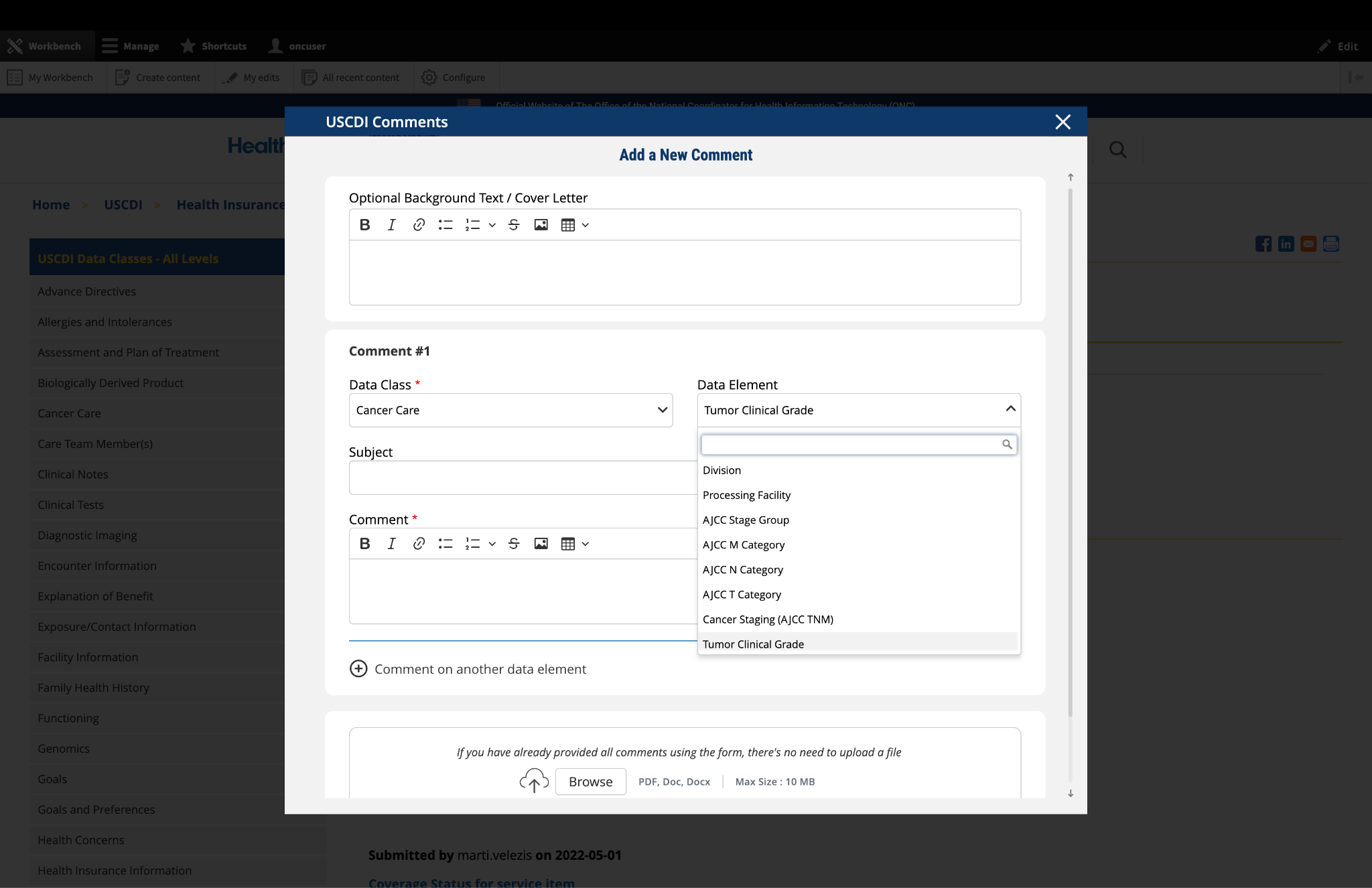
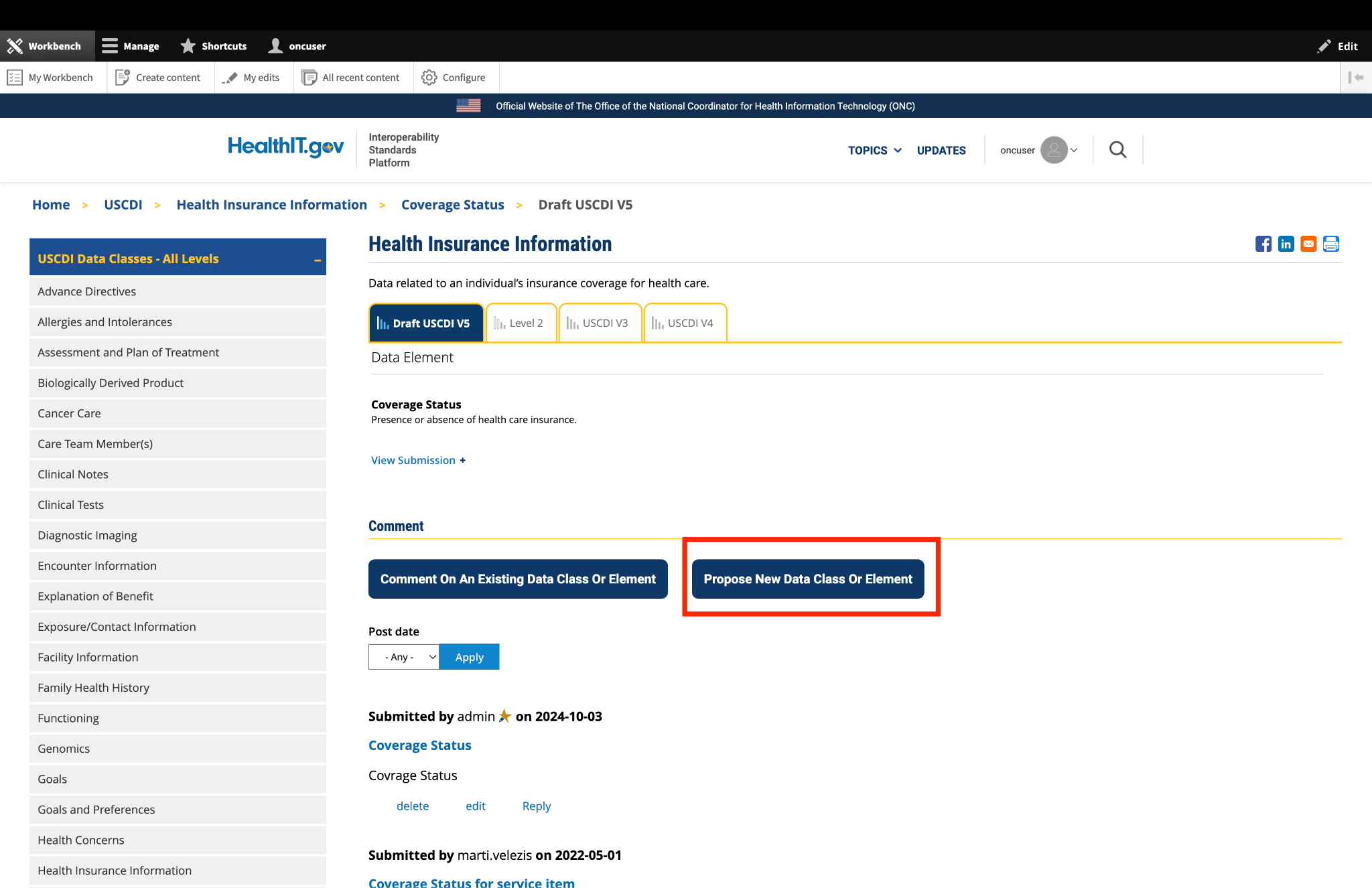
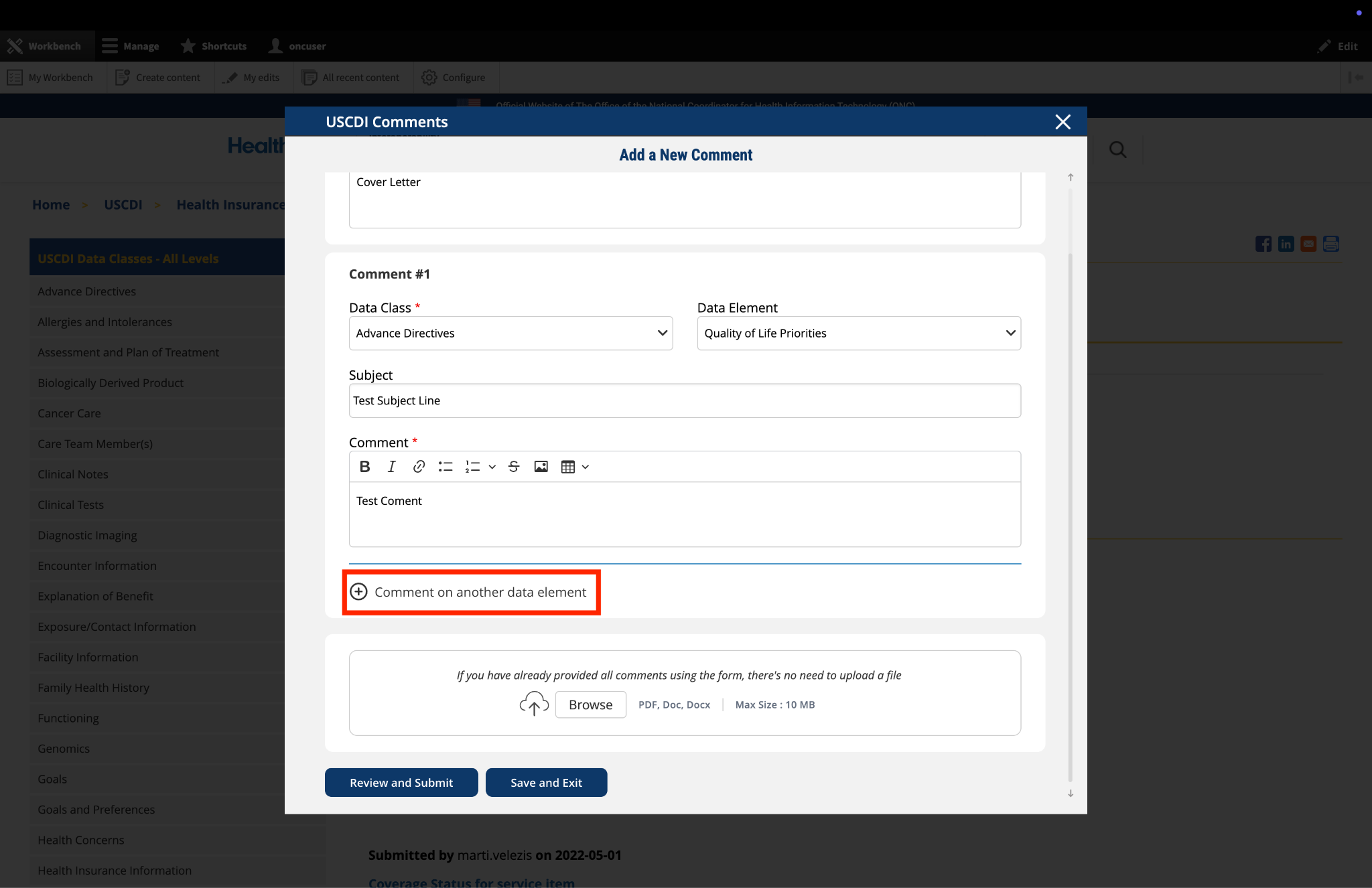
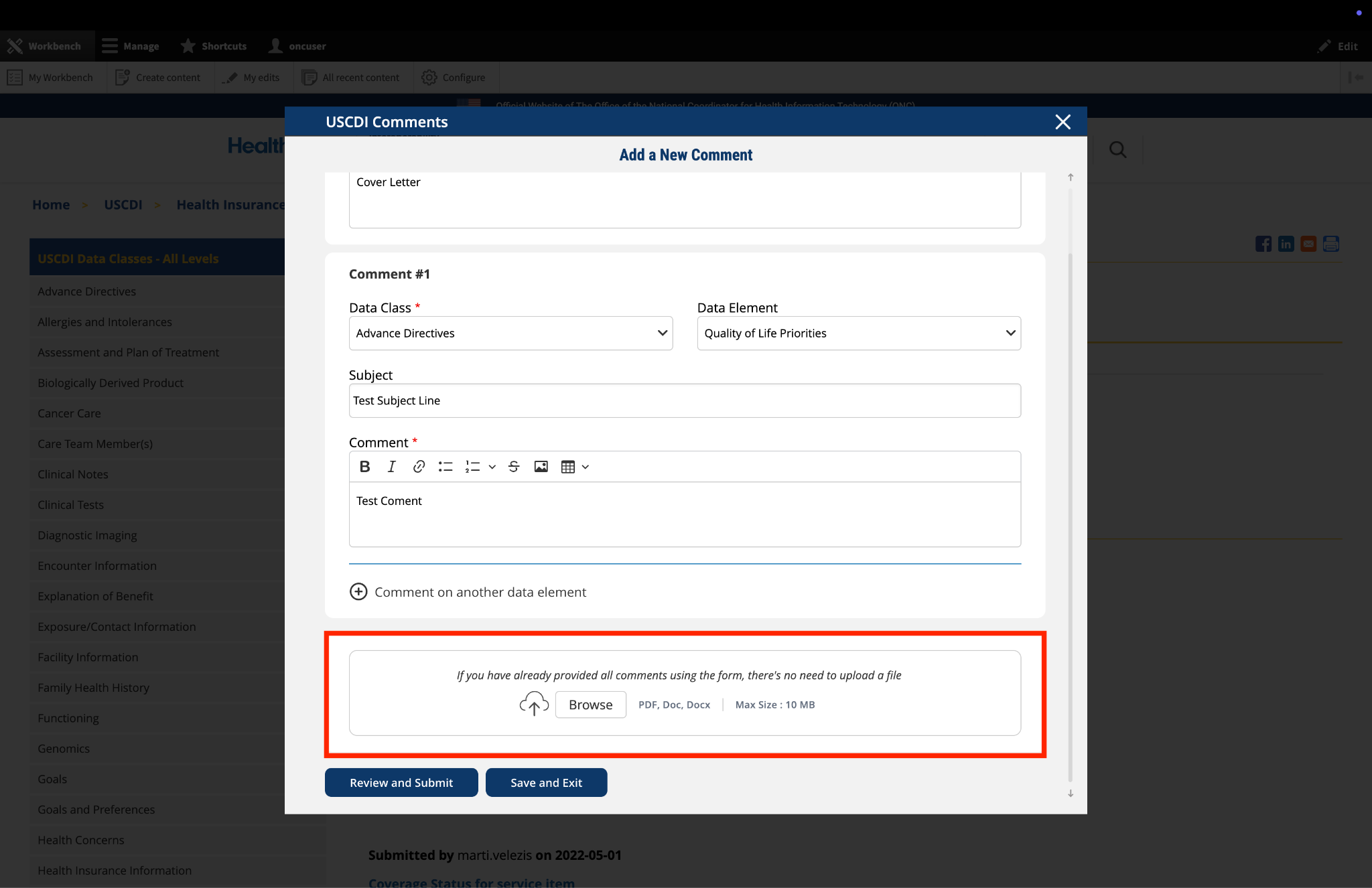
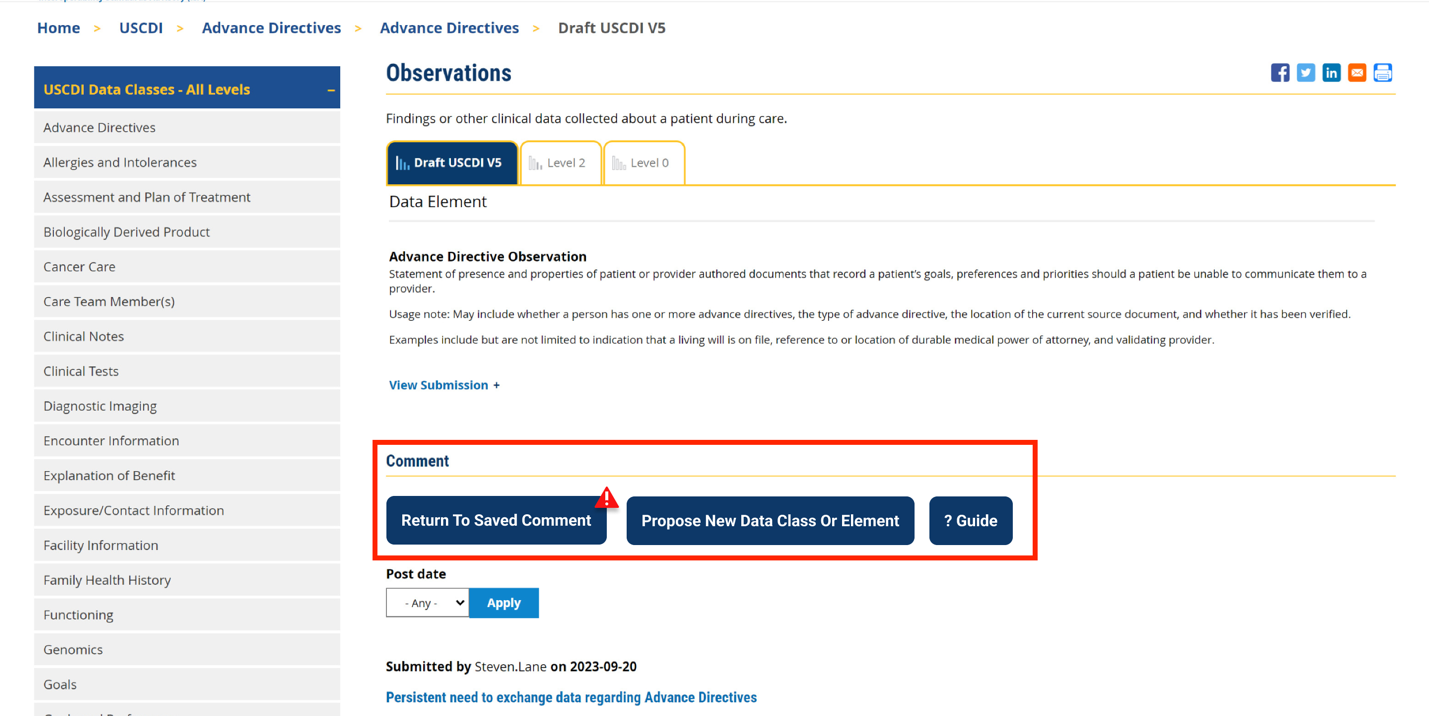
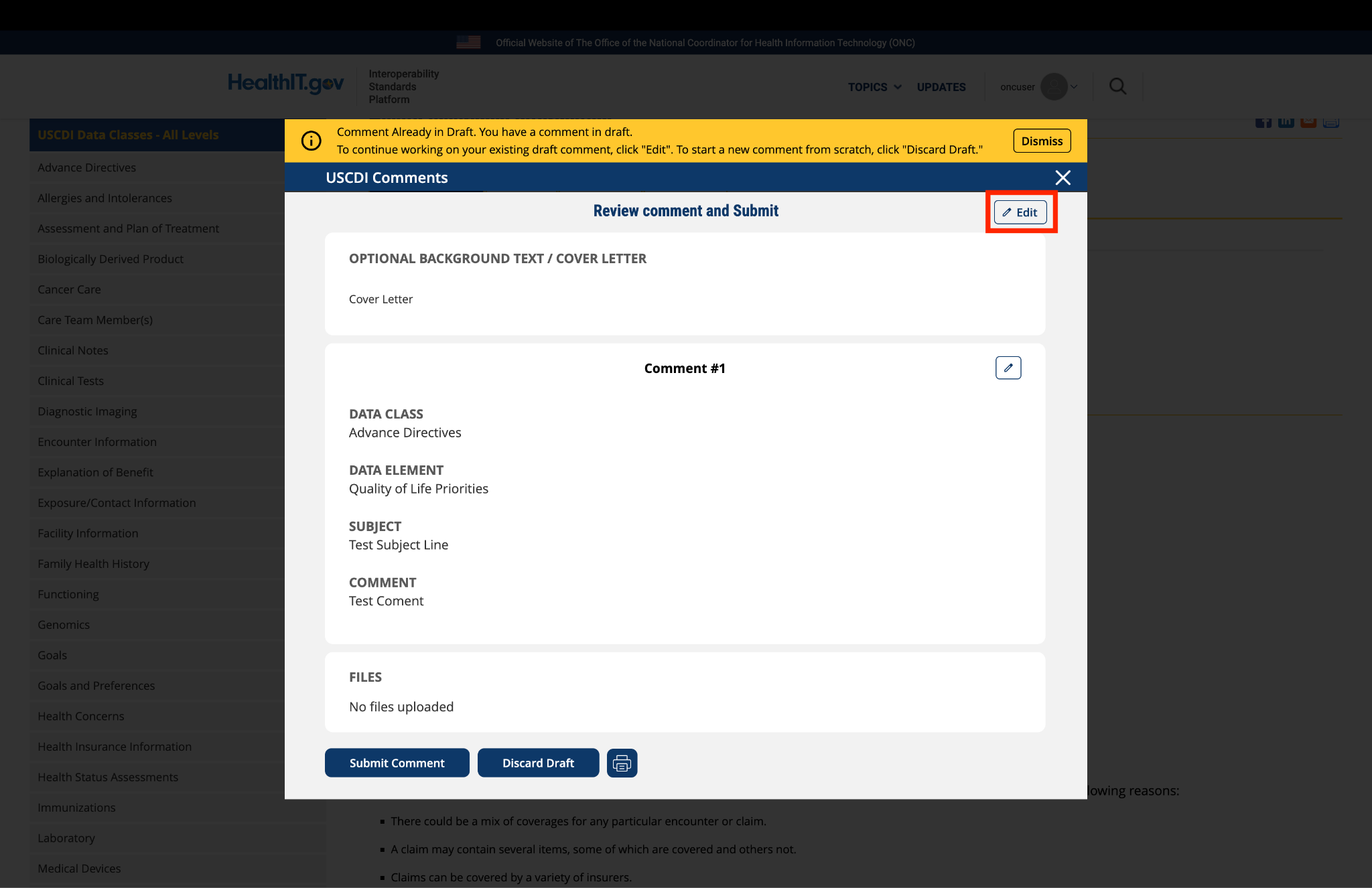
Submitted by rdillaire on
CMS-CCSQ Recommends the advancement of Social Isolation to Lv2
Recommendation: CMS CCSQ recommends the Social Isolation element be advanced to Level 2.
Rationale: Social Isolation is currently captured and exchanged in various PAC assessments, including the IRF-PAI, LCDS, MDS 3.0, and OASIS, using the LOINC code 93159-2. It specifically asks, “How often do you feel lonely or isolated from those around you?” The data element is identified as item ID D0700 in the four PAC assessments and is part of the QRP Standardized Patient Assessment Data Elements.
This existing standard supports interoperability and facilitates integration into healthcare systems. Elevating Social Isolation to Level 2 will improve care delivery, particularly during transitions of care, and allow for more informed care plans where understanding and addressing social isolation can significantly impact patient outcomes. By collecting and sharing information on a patient's social isolation status, healthcare providers can better understand their patients' social support systems and provide targeted interventions to reduce isolation and promote better health outcomes.